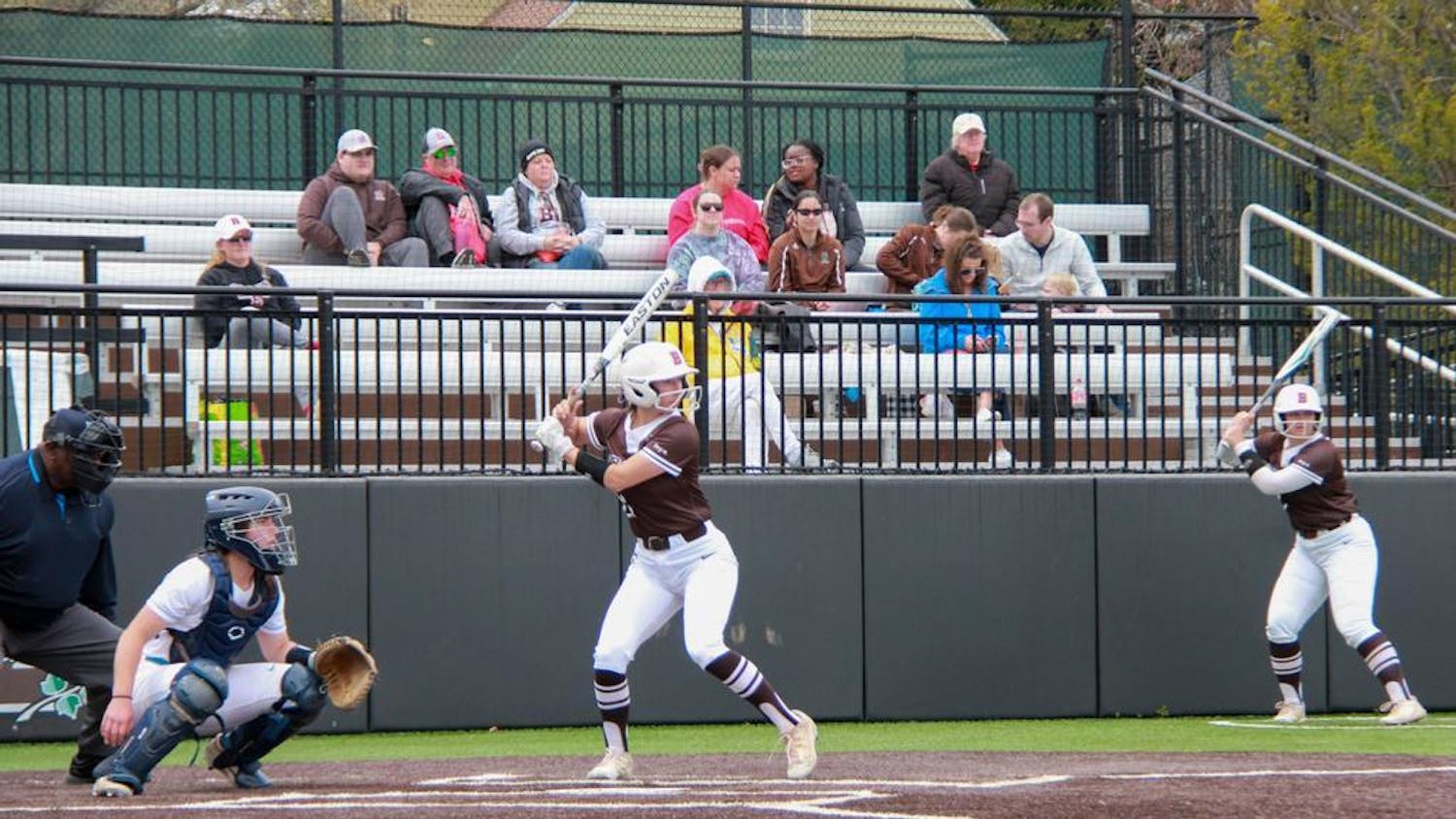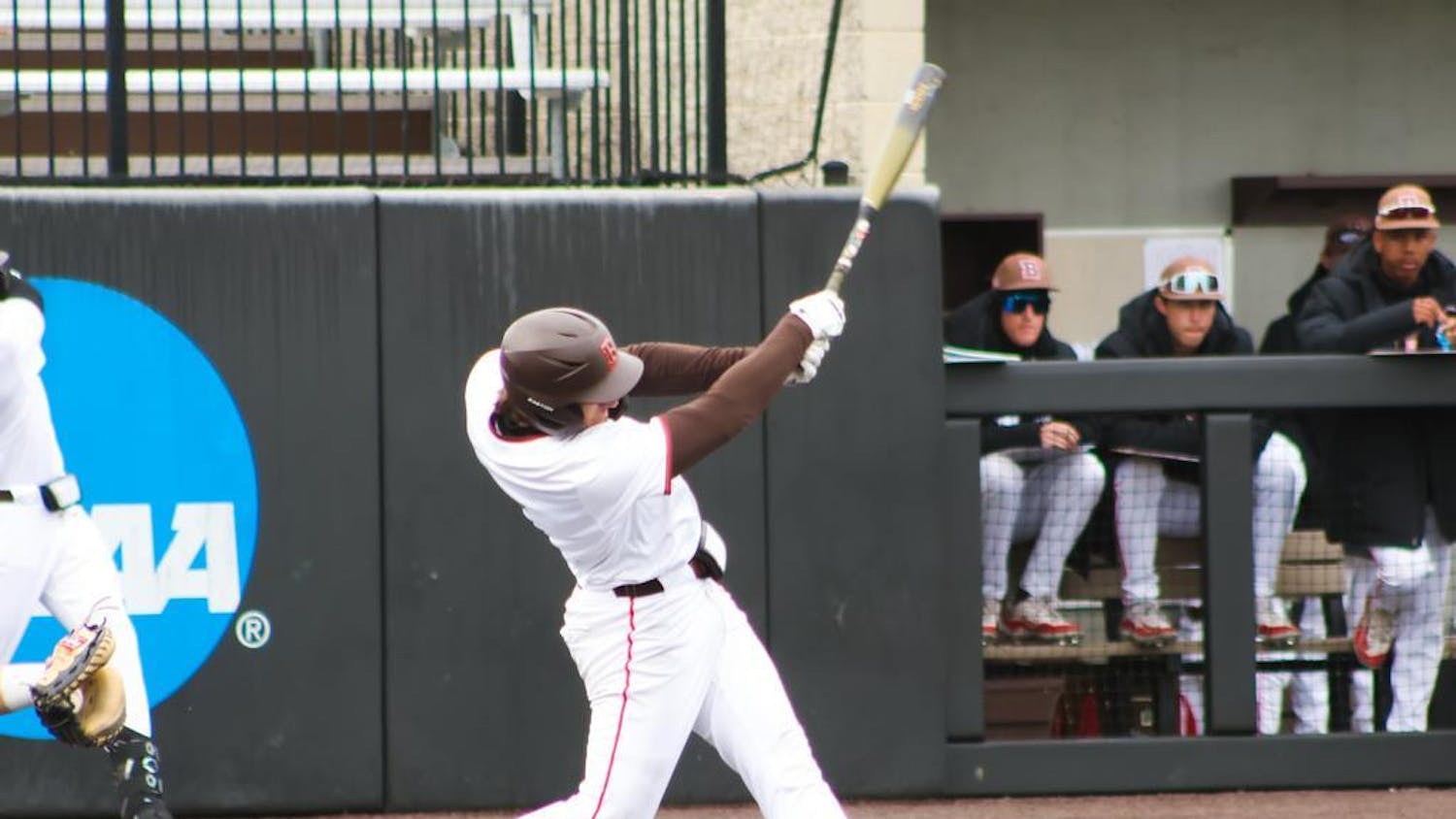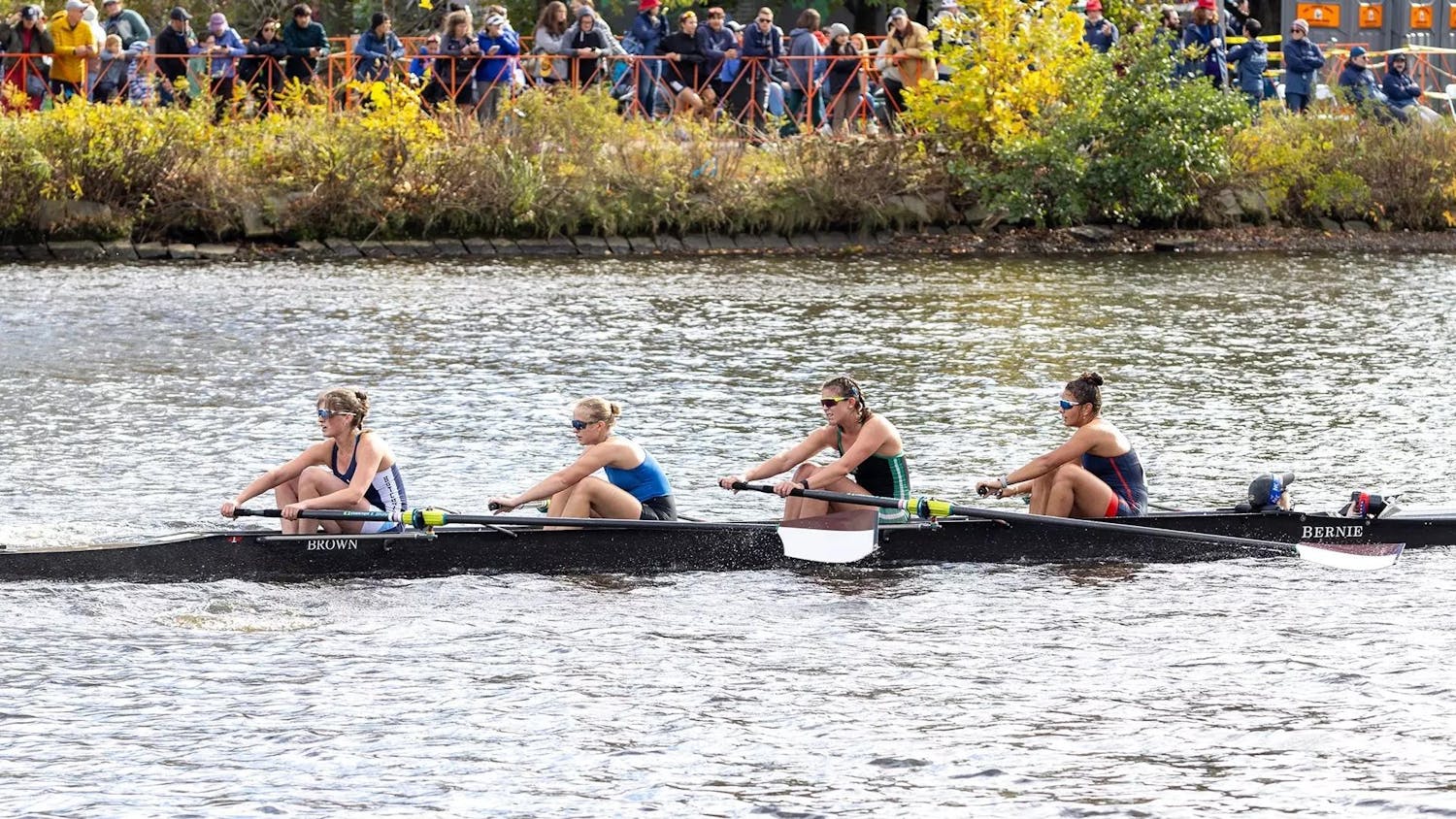While football takes Thanksgiving Day, college basketball predominates my television screen during the rest of week. As I watched a pre-game show Saturday, I saw Nigel Hayes, one of my favorite players, walking around the set with a sign reading: “Broke College Athlete. Anything Helps,” with his Venmo username included.
Though certain athletic programs generate overwhelming fan engagement and thereby revenue that equals or surpasses that of some professional sports teams, college athletes receive none of those monetary benefits. They are not allowed to profit on jersey sales or uses of their likenesses. When Caleb Pressley, former back-up quarterback for the University of North Carolina, sold t-shirts with caricatures of student-athletes, promising to send a percentage of the earnings of those t-shirts to those athletes after graduation, he received cease and desists from the players’ respective universities. Universities have long set the precedent that the revenue spawned from the work of those athletes belongs to the institutions and administrators behind the team’s success. Coaches are certainly paid well: In 39 states, the highest-paid public employee is a university’s head football or basketball coach. But those actually playing on the courts and fields are not paid, though they are required to commit a large amount of time to their sport while maintaining a courseload comparable to their non-athlete peers. In a 2008 study, Division I football players said that they dedicated an average of 44.8 hours a week to football, while baseball and men’s basketball players reported 40 and 36.8, respectively. Though much of the discourse has revolved around men’s sports, women are equally deserving of compensation for their time commitment. The same survey found that women’s basketball requires an average of 37.6 hours per week, and all other women’s sports average 33.3. That amount of time, combined with 30-plus hours of academic work, makes the demands of student-athletes look a lot like those of professional athletes.
To be clear, I’m not advocating that student athletes make millions of dollars or that some of these rules are not warranted. There is something off about prioritizing athletic ability in so far as it results in rewarding athletes exponentially more than any other student could ever earn. Allowing student-athletes to receive gifts from wealthy donors because of their performance could get out of hand. Opening the collegiate athletic system to the effects of capitalism could also result in the exacerbation of the competitive divide between schools with traditionally strong athletic programs and those without and will only hurt college sports as a whole. Who doesn’t love a March Madness Cinderella story?
What I am arguing for is some sort of compensation for students whose time commitment to a sport is more than that of a typical job and limits the athlete’s ability to earn money necessary to college life. Those who argue that providing a scholarship for athletes is enough of a form of payment ought to consider the economic burden of attending school past tuition. For athletes from low-income families like former Florida football player Sharrif Floyd, affording college can be an impossible burden. Floyd accepted $2,700 from a charitable organization called the Student-Athlete Mentoring Foundation before and during his time at Florida and was subsequently suspended for four games. The money was used to take unofficial visits to colleges and for living expenses on campus — which he could not afford — and upon that realization, the NCAA merely knocked the ban down to two games. Shabazz Napier, an important member of the University of Connecticut’s title-winning basketball teams, said that he sometimes goes to bed “starving,” even though UConn does provide financial provisions for meal plans. Commitment to athletics and NCAA regulations prohibit athletes from earning money. When cost-of-attendance payments are not nearly enough, that is a problem.
I’m pleading the NCAA to go past the easy step of paying college athletes at all, including a reversal of its long history of classism. The NCAA should be the forebearers of equal pay, rewarding students equally across gender and competitive lines by creating a need- and time-based system of compensation. Giving students pay that would match what they would receive from campus jobs for outside expenses would be fair. Basing decisions off financial need, students could be given monetary incentive to maintain their already rigorous academic and athletic standards without feeling outward economic pressure to quit.
For the staunch capitalists that disagree with my ideas, let’s at least agree on one thing: The NCAA system is neither fair nor in accordance with the reality of any style of economics. Amateur golfer Bryson DeChambeau posted two top-25 finishes at golf’s enduring major championships, including 21st place in the Master’s, which would have resulted in a $116,000 reward. But because DeChambeau was a designated amateur at the time because of his playing status at Southern Methodist University, he did not receive any money. Where else in the United States do we not economically reward this ambition and success, even within the framework of our collegiate institutions? The NCAA’s policies against paying players are there to serve pure and unchecked self-interest.
I would like to see Mark Emmert, the NCAA’s president who received a salary of almost $1.9 million in 2014, do his job and receive no compensation while simultaneously working to complete a degree in physics.
Matt Brownsword ’18 can be reached at matthew_brownsword@brown.edu.




